Home>Furniture & Design>Interior Design Trends>What Is Glass Used For
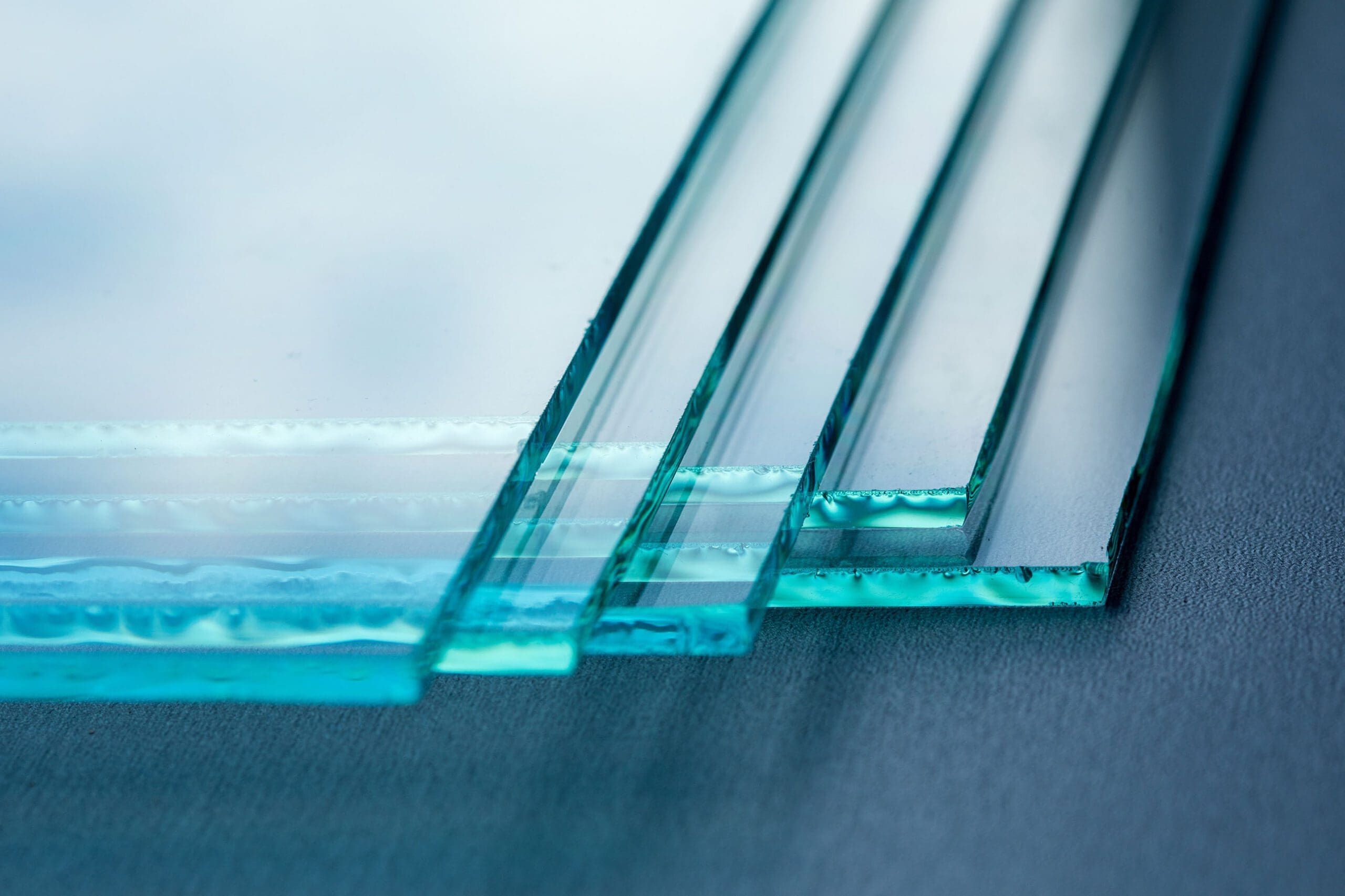

Interior Design Trends
What Is Glass Used For
Modified: October 19, 2024
Discover the latest interior design trends and learn about the various uses of glass in modern design. Explore how glass can elevate your interior spaces.
(Many of the links in this article redirect to a specific reviewed product. Your purchase of these products through affiliate links helps to generate commission for Storables.com, at no extra cost. Learn more)
Introduction
Glass is a versatile and ubiquitous material that has been an integral part of human civilization for centuries. Its unique properties and aesthetic appeal have made it a staple in various industries and everyday applications. From its use in construction and household items to transportation, electronics, and medical equipment, glass plays a crucial role in modern society.
The history of glass dates back to ancient times, with evidence of its existence found in Mesopotamia and Egypt around 3500 BCE. Over the years, advancements in glassmaking techniques have led to the production of a wide range of glass types, each tailored to specific needs and applications.
In contemporary times, glass is not only valued for its transparency and ability to transmit light but also for its durability, versatility, and recyclability. Its presence can be seen in skyscrapers, homes, vehicles, smartphones, medical devices, and art installations, showcasing its adaptability across diverse fields.
As we delve into the multifaceted uses of glass, it becomes evident that this remarkable material has transcended its traditional role and continues to shape the way we live, work, and interact with the world around us. Whether it's providing structural support in buildings, enhancing the aesthetics of interior spaces, or serving as a protective barrier in electronic devices, glass remains an indispensable component of modern life.
The following sections will explore the myriad applications of glass, shedding light on its significance in construction, household use, transportation, electronics, medical advancements, and artistic expression. Through this exploration, we gain a deeper appreciation for the profound impact of glass on our daily experiences and the broader spectrum of human innovation and creativity.
Key Takeaways:
- Glass is a versatile material used in construction, household items, transportation, electronics, medical equipment, and art. It enhances aesthetics, provides structural support, and contributes to technological innovation.
- From skyscrapers to smartphones, glass plays a crucial role in modern life, offering transparency, durability, and aesthetic appeal. Its impact spans architecture, transportation, healthcare, and artistic expression.
Read more: What Glue To Use For Glass
Construction
Glass has become an integral element in modern architectural design, revolutionizing the construction industry with its versatility and aesthetic appeal. From towering skyscrapers to contemporary residential structures, the use of glass in construction has redefined the concept of space and light within built environments.
One of the most prominent applications of glass in construction is in the form of windows and facades. The transparency and light-transmitting properties of glass allow for the creation of open, well-lit spaces that seamlessly blend the indoor and outdoor environments. This not only enhances the visual appeal of buildings but also contributes to energy efficiency by maximizing natural light and reducing the need for artificial lighting.
In addition to its visual impact, glass also serves structural purposes in construction. Modern architectural designs often incorporate glass as a load-bearing element, utilizing advanced glass technologies to create strong, durable panels that provide structural support while maintaining transparency. This innovative approach to structural design has led to the development of glass bridges, canopies, and even entire building facades that showcase the strength and resilience of this material.
Furthermore, glass is utilized in construction for its acoustic insulation properties, contributing to a quieter and more comfortable indoor environment. Laminated glass, in particular, is engineered to reduce noise transmission, making it an ideal choice for urban buildings located in bustling city centers.
The use of glass in construction extends beyond traditional building materials, with the integration of smart glass technologies that offer dynamic control over transparency and light transmission. Electrochromic and thermochromic glass systems enable architects and designers to create adaptable spaces that respond to changing environmental conditions, providing privacy, shade, and thermal comfort as needed.
Moreover, the sustainable nature of glass further enhances its appeal in construction. With a focus on eco-friendly building practices, the recyclability of glass aligns with the principles of sustainable design, offering a renewable and environmentally conscious material choice for construction projects.
In essence, the incorporation of glass in construction has transcended mere functionality, evolving into a symbol of modernity, innovation, and sustainability. Its ability to redefine spatial experiences, enhance energy efficiency, and contribute to architectural aesthetics underscores the enduring significance of glass in shaping the built environment.
Household Use
Glass is an indispensable component of everyday life, seamlessly integrated into various household items and fixtures, enhancing both functionality and aesthetics. Its versatility and durability make it a preferred choice for a wide array of domestic applications.
One of the most prevalent uses of glass in households is in the form of windows and doors. The transparency of glass allows natural light to illuminate interior spaces, creating a bright and inviting atmosphere. Additionally, glass doors and partitions contribute to an open and spacious feel within homes, promoting a sense of connectivity between different areas.
Glassware, including drinking glasses, plates, and bowls, is another common household application. The clarity and smooth texture of glass make it an ideal material for food and beverage consumption, adding a touch of elegance to dining experiences. Furthermore, glass containers for storage and preservation offer a hygienic and visually appealing solution for organizing kitchen essentials.
In the realm of interior design, glass plays a pivotal role in the creation of decorative elements such as mirrors, tabletops, and shelving. Mirrors not only serve functional purposes but also contribute to the illusion of expanded space and enhanced illumination within rooms. Glass tabletops and shelves add a modern and sophisticated touch to furniture, while also providing practical surfaces for daily use.
The bathroom is another area where glass finds extensive application, particularly in the form of shower enclosures, mirrors, and vanity tops. The use of glass in bathrooms imparts a sense of cleanliness and spaciousness, elevating the overall aesthetic appeal of the space.
Moreover, decorative glass accents, such as stained glass windows and art pieces, add a unique and artistic dimension to interior decor, infusing spaces with color, texture, and visual interest.
The enduring popularity of glass in household applications can be attributed to its timeless appeal, ease of maintenance, and ability to seamlessly complement various design styles. Whether it's the understated elegance of glassware or the transformative impact of decorative glass elements, the presence of glass in households continues to enrich daily living experiences, making it an essential and cherished material in residential settings.
Transportation
Glass plays a pivotal role in the transportation industry, contributing to the safety, functionality, and aesthetic appeal of various vehicles. From automobiles to aircraft and marine vessels, the integration of glass components has redefined the design and performance standards within the realm of transportation.
In the automotive sector, the use of glass extends beyond traditional windshields and windows. Advanced automotive glass technologies have led to the development of laminated and tempered glass solutions that enhance passenger safety and comfort. Laminated glass, composed of multiple layers with an interlayer for added strength, provides protection against impact and reduces the risk of shattering in the event of a collision. Tempered glass, known for its strength and resistance to breakage, is commonly used in side and rear windows, contributing to the overall structural integrity of vehicles.
Moreover, the incorporation of glass sunroofs and panoramic roofs has become a popular feature in modern automobiles, offering passengers an immersive and open-air experience while maintaining a sense of security and weather protection. The seamless integration of glass elements in automotive design underscores its ability to elevate the driving experience, creating a harmonious balance between functionality and aesthetics.
In the aviation industry, the use of glass extends to cockpit instrumentation and aircraft windows. The implementation of glass cockpit displays has revolutionized the way pilots interact with flight systems, providing enhanced visibility, intuitive controls, and real-time data feedback. Additionally, aircraft windows, engineered to withstand extreme pressure differentials and environmental conditions, offer passengers panoramic views while ensuring structural integrity and safety during flight.
Marine vessels also benefit from the integration of glass components, particularly in the form of windows, portholes, and observation decks. The use of specialized marine-grade glass, designed to withstand corrosive environments and harsh weather conditions, contributes to the overall functionality and aesthetics of ships and yachts, while also providing passengers with unobstructed views of the surrounding waterways.
Furthermore, the transportation industry continues to explore innovative applications of glass, such as the development of transparent and energy-efficient glass panels for high-speed trains and urban transit systems. These advancements not only enhance the visual appeal of public transportation but also prioritize passenger comfort and safety through the use of durable and impact-resistant glass solutions.
In essence, the pervasive presence of glass in transportation underscores its indispensable role in shaping the design, safety, and performance standards across diverse modes of travel. From enhancing the driving experience in automobiles to providing panoramic views in aircraft and marine vessels, glass continues to redefine the boundaries of transportation design and innovation.
Glass is used for a variety of purposes, including windows, bottles, and mirrors. It is also used in construction for walls and partitions. When working with glass, always wear protective gloves and eyewear to prevent injury from sharp edges.
Electronics
The integration of glass in the realm of electronics has ushered in a new era of innovation, redefining the design, functionality, and visual appeal of electronic devices. From smartphones and tablets to display panels and optical components, glass serves as a fundamental element that enhances user experiences and drives technological advancements.
One of the most prominent applications of glass in electronics is in the manufacturing of display screens. The use of high-quality glass substrates, such as Corning's Gorilla Glass and Schott's Xensation, has revolutionized the durability and visual clarity of electronic displays. These specialized glass materials offer exceptional scratch resistance, impact protection, and optical performance, making them an ideal choice for touchscreen devices and high-resolution displays.
Moreover, the integration of glass in camera modules and lenses contributes to the optical precision and image quality of smartphones and digital cameras. The use of precision-engineered glass elements, including aspherical lenses and infrared-cut filters, enables the capture of sharp, vibrant images while ensuring robustness and longevity in diverse environmental conditions.
In addition to its role in display and imaging technologies, glass is also utilized in the production of optical fibers and components for telecommunications and data transmission. The exceptional transparency and low signal attenuation of glass fibers make them indispensable for high-speed data transfer and long-distance communication, underpinning the infrastructure of modern telecommunication networks.
Furthermore, the development of glass-ceramic materials has expanded the application of glass in electronics to include substrates for printed circuit boards (PCBs) and semiconductor packaging. Glass-ceramic substrates offer superior thermal stability, electrical insulation, and mechanical strength, making them an ideal choice for high-performance electronic components and microelectronic devices.
The advent of transparent conductive coatings, such as indium tin oxide (ITO) and transparent conductive oxides (TCOs), has further broadened the scope of glass in electronics, enabling the production of touch-sensitive screens, transparent electrodes, and energy-efficient coatings for solar panels and electronic displays.
The seamless integration of glass in electronic devices not only enhances their durability and performance but also contributes to their sleek and modern aesthetic appeal. The use of edge-to-edge glass designs, curved displays, and seamless transitions between glass and metal components exemplifies the fusion of form and function in contemporary electronic products.
In essence, the pervasive presence of glass in electronics underscores its transformative impact on device design, optical performance, and connectivity, shaping the way we interact with and experience modern technology. As electronic innovations continue to evolve, glass remains a cornerstone of progress, driving advancements in display technology, optical engineering, and connectivity solutions.
Read more: What Are Glass Eels Used For
Medical Applications
Glass has emerged as a vital material in the field of medicine, offering a diverse range of applications that contribute to patient care, diagnostic procedures, and medical advancements. The unique properties of glass, including its transparency, biocompatibility, and sterilizability, make it an indispensable component in various medical devices, laboratory equipment, and healthcare facilities.
One of the primary medical applications of glass is in the manufacturing of laboratory glassware, including beakers, test tubes, and pipettes. These precision-engineered glass instruments play a crucial role in scientific research, chemical analysis, and diagnostic testing, providing reliable and inert vessels for handling biological samples, reagents, and laboratory solutions. The clarity and thermal resistance of laboratory glassware ensure accurate measurements and safe containment of hazardous substances, supporting the integrity and precision of scientific experiments and medical investigations.
Moreover, the use of glass in medical imaging technologies, such as X-ray tubes and scintillation detectors, facilitates the visualization and diagnosis of various medical conditions. The high radiation transparency and low atomic number of specialized glass compositions enable the efficient transmission and detection of X-rays, contributing to the accuracy and resolution of diagnostic imaging procedures. Additionally, the development of glass microspheres and contrast agents further enhances the capabilities of medical imaging, enabling targeted visualization of specific tissues and organs for diagnostic and therapeutic purposes.
In the realm of surgical and medical devices, glass finds application in the production of precision optics, lenses, and laser components used in diagnostic and therapeutic equipment. The optical clarity and precision of glass lenses and prisms enable the delivery of focused laser beams for surgical procedures, ophthalmic treatments, and diagnostic imaging modalities. Furthermore, the integration of glass fibers in endoscopes and minimally invasive surgical instruments facilitates high-definition visualization and illumination within the human body, supporting minimally invasive procedures and diagnostic interventions.
Additionally, the use of specialized glass materials in medical implants and prosthetics underscores its biocompatibility and durability in clinical applications. Bioactive glasses, known for their ability to bond with living tissue and promote bone regeneration, have revolutionized the field of orthopedic and dental implants, offering innovative solutions for bone repair and tissue engineering. The development of bioresorbable glass implants further exemplifies the versatility and adaptability of glass in addressing complex medical challenges, providing temporary support and therapeutic benefits while gradually integrating with the body's natural healing processes.
Furthermore, the integration of glass in medical packaging and pharmaceutical containers ensures the safe storage, preservation, and delivery of medications, vaccines, and diagnostic reagents. The inert and non-reactive nature of glass containers maintains the purity and stability of pharmaceutical products, safeguarding their efficacy and safety throughout the supply chain and clinical use.
In essence, the multifaceted applications of glass in the medical field underscore its pivotal role in advancing healthcare, diagnostic capabilities, and patient outcomes. From supporting scientific research and diagnostic imaging to enabling surgical precision and therapeutic innovations, glass continues to shape the landscape of modern medicine, offering indispensable solutions that contribute to the well-being and advancement of healthcare practices.
Art and Decoration
Glass serves as a captivating medium for artistic expression and decorative embellishment, offering a myriad of creative possibilities that transcend traditional boundaries. The fusion of craftsmanship, innovation, and aesthetic allure has propelled glass into the realm of art and decoration, where it continues to inspire and enchant audiences with its luminous beauty and transformative potential.
One of the most iconic manifestations of glass art is stained glass, a centuries-old technique that involves the assembly of colored glass pieces to form intricate patterns and pictorial compositions. From the resplendent windows of medieval cathedrals to contemporary art installations, stained glass art captivates viewers with its radiant hues, ethereal translucency, and narrative symbolism. The interplay of light and color through stained glass creates a mesmerizing interplay of shadows and luminosity, infusing architectural spaces with a sense of spiritual grandeur and visual splendor.
In the realm of contemporary glass art, the practice of glassblowing stands as a testament to the ingenuity and skill of artisans who manipulate molten glass into exquisite forms and sculptural masterpieces. The fluidity and malleability of glass during the blowing process allow for the creation of intricate vessels, ornate sculptures, and avant-garde installations that showcase the inherent beauty and expressive potential of this mesmerizing material. The art of glassblowing not only celebrates the technical prowess of artisans but also embodies a harmonious fusion of tradition and innovation, yielding captivating works that evoke wonder and admiration.
Furthermore, the application of fused glass techniques has expanded the horizons of glass art, enabling the synthesis of multiple glass layers to produce vibrant panels, intricate mosaics, and contemporary jewelry. The fusion process, which involves the controlled heating and bonding of glass elements, yields a kaleidoscopic array of textures, patterns, and visual effects, resulting in bespoke artworks that exude a sense of dynamism and depth. Whether adorning interior spaces as decorative wall panels or adorning individuals as wearable art, fused glass creations epitomize the fusion of craftsmanship and creativity, offering a tangible testament to the transformative power of glass as a medium of artistic expression.
Moreover, the integration of glass in interior decor and design encompasses a diverse array of applications, including decorative glass partitions, sculptural lighting fixtures, and bespoke glass installations. The transparency, luminosity, and reflective qualities of glass imbue interior spaces with an aura of elegance, sophistication, and modernity, creating captivating focal points that elevate the ambiance and visual appeal of residential and commercial environments. The interplay of light and glass within interior settings fosters a sense of openness and fluidity, blurring the boundaries between art and functionality, and inviting viewers to immerse themselves in a world of luminous enchantment.
In essence, the realm of art and decoration stands as a testament to the enduring allure and transformative potential of glass as a medium of creative expression. From the timeless elegance of stained glass to the contemporary ingenuity of glassblowing and fused glass art, the multifaceted applications of glass in artistic endeavors continue to captivate and inspire, transcending conventional boundaries and inviting audiences to embark on a journey of visual enchantment and aesthetic discovery.
Conclusion
In conclusion, the multifaceted applications of glass underscore its profound impact on diverse facets of human innovation, creativity, and daily experiences. From its pivotal role in construction, where it redefines spatial experiences and architectural aesthetics, to its indispensable presence in household items, transportation, electronics, medical advancements, and artistic expression, glass stands as a symbol of versatility, durability, and transformative potential.
The integration of glass in construction has revolutionized modern architectural design, offering transparency, structural support, and energy efficiency in built environments. Its use in household items, such as windows, glassware, and decorative elements, enhances functionality and visual appeal, enriching the domestic living experience. In transportation, glass contributes to safety, aesthetics, and technological advancements across automobiles, aircraft, and marine vessels, redefining the standards of travel and mobility.
Moreover, the seamless integration of glass in electronics has propelled technological innovation, driving advancements in display technology, optical engineering, and connectivity solutions. In the field of medicine, glass plays a pivotal role in supporting scientific research, diagnostic imaging, surgical precision, and therapeutic innovations, contributing to the advancement of healthcare practices and patient outcomes. Additionally, the realm of art and decoration showcases the transformative potential of glass as a medium of creative expression, captivating audiences with its luminous beauty and artistic allure.
The enduring significance of glass across these diverse applications underscores its timeless appeal, adaptability, and capacity to inspire wonder and admiration. As a material that transcends traditional boundaries and continues to evolve with technological and artistic innovations, glass remains an enduring symbol of human ingenuity and creativity.
In essence, the profound impact of glass on modern society extends beyond its functional attributes, encompassing its ability to evoke emotion, inspire creativity, and shape the way we perceive and interact with the world around us. As we navigate the complexities of contemporary living, the enduring presence of glass serves as a testament to the enduring legacy of this remarkable material, offering a glimpse into the boundless possibilities that await in the realms of design, innovation, and artistic expression.
Frequently Asked Questions about What Is Glass Used For
Was this page helpful?
At Storables.com, we guarantee accurate and reliable information. Our content, validated by Expert Board Contributors, is crafted following stringent Editorial Policies. We're committed to providing you with well-researched, expert-backed insights for all your informational needs.
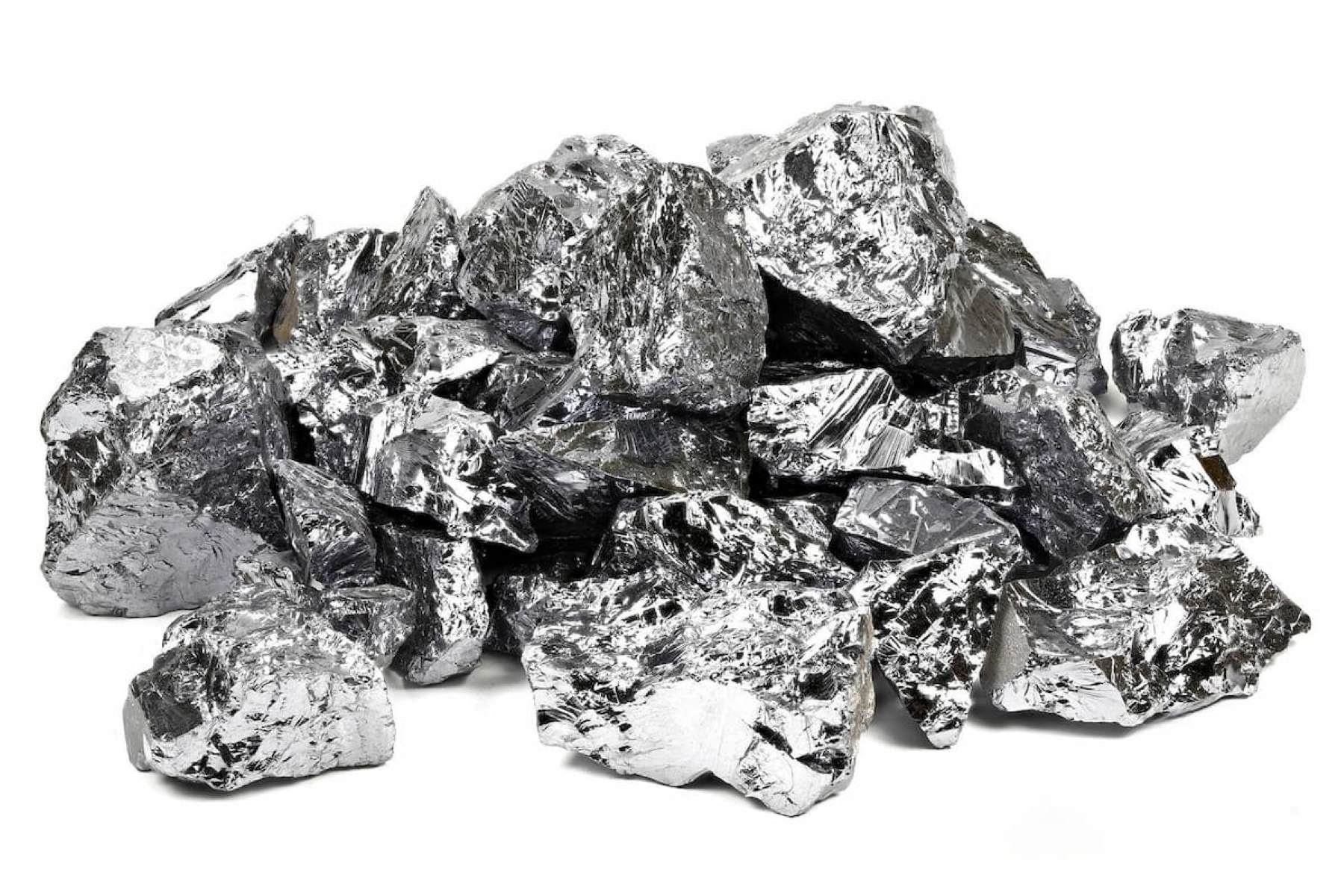
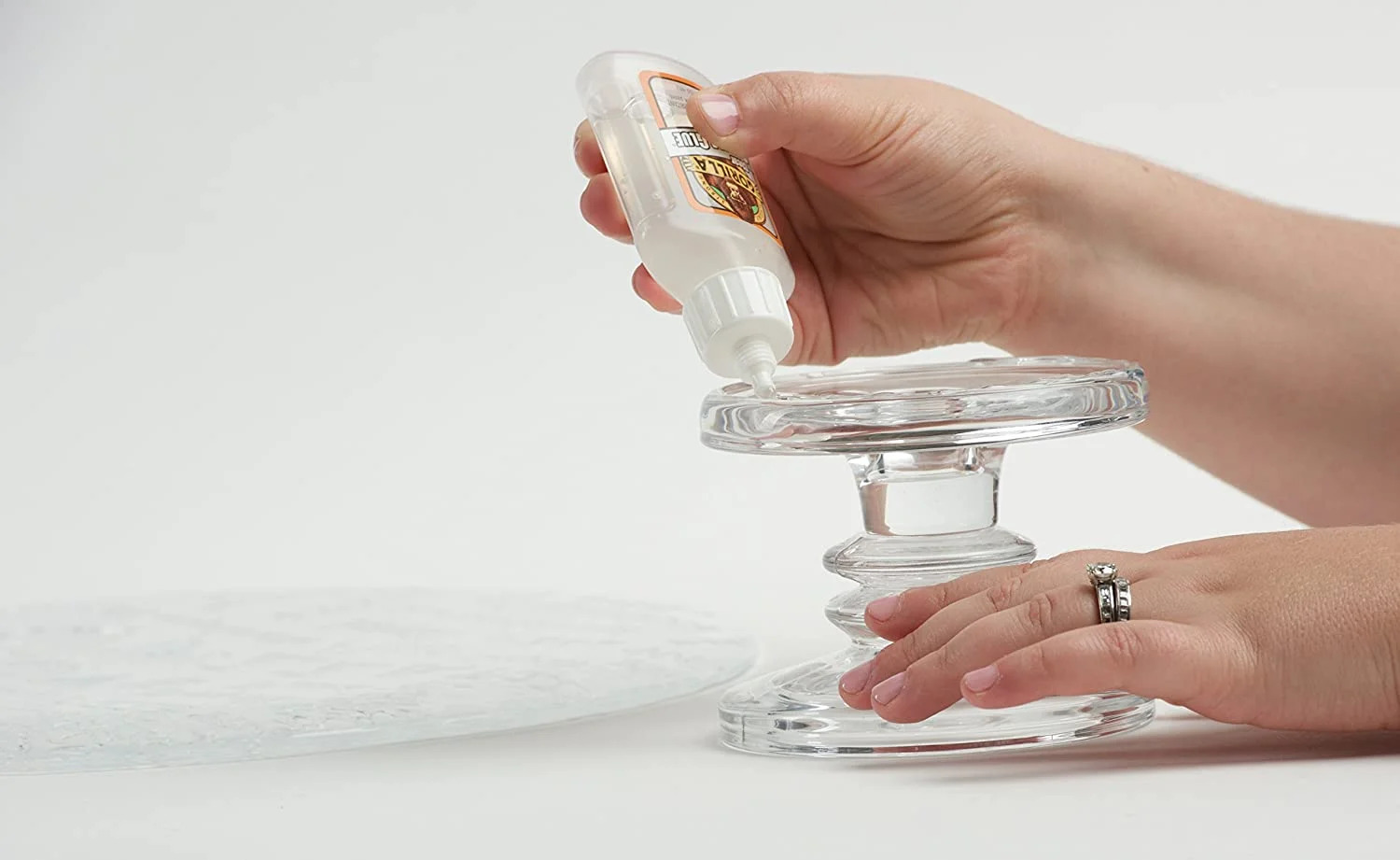
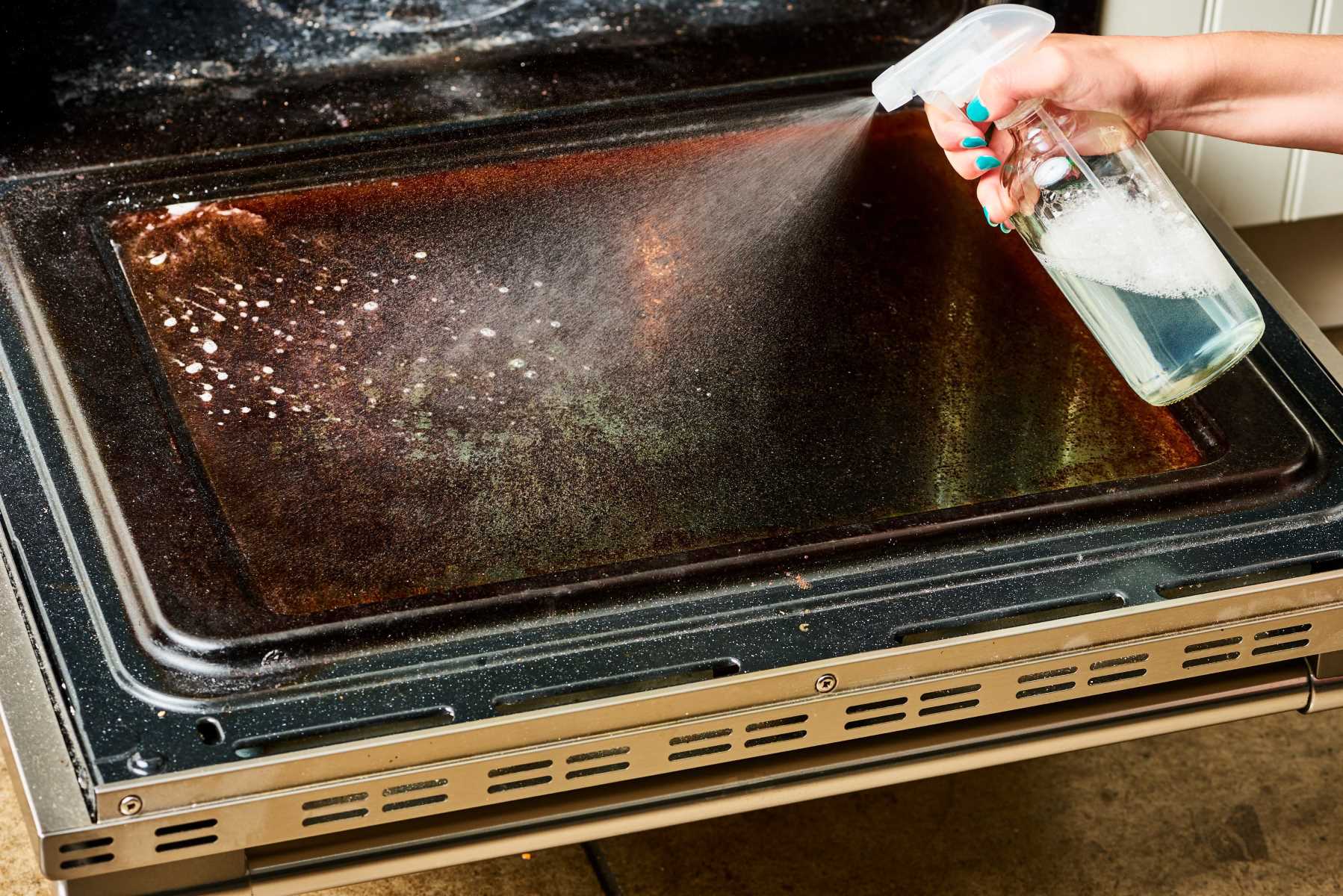
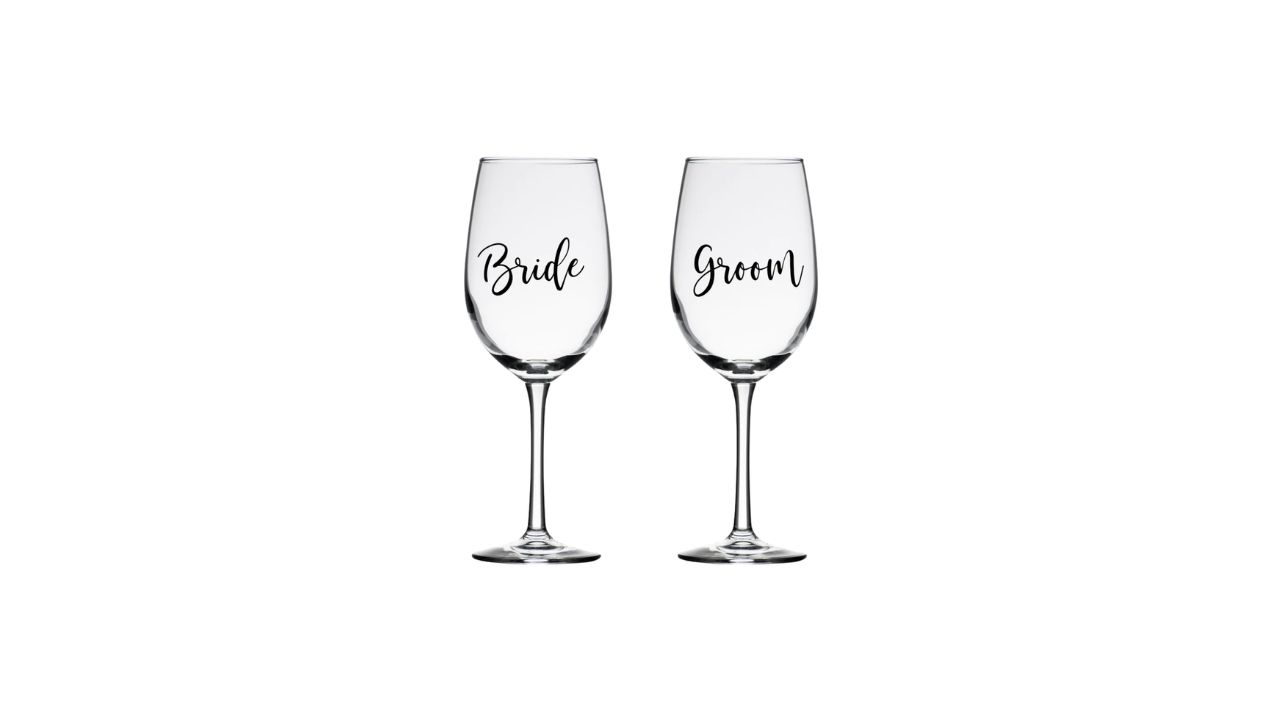
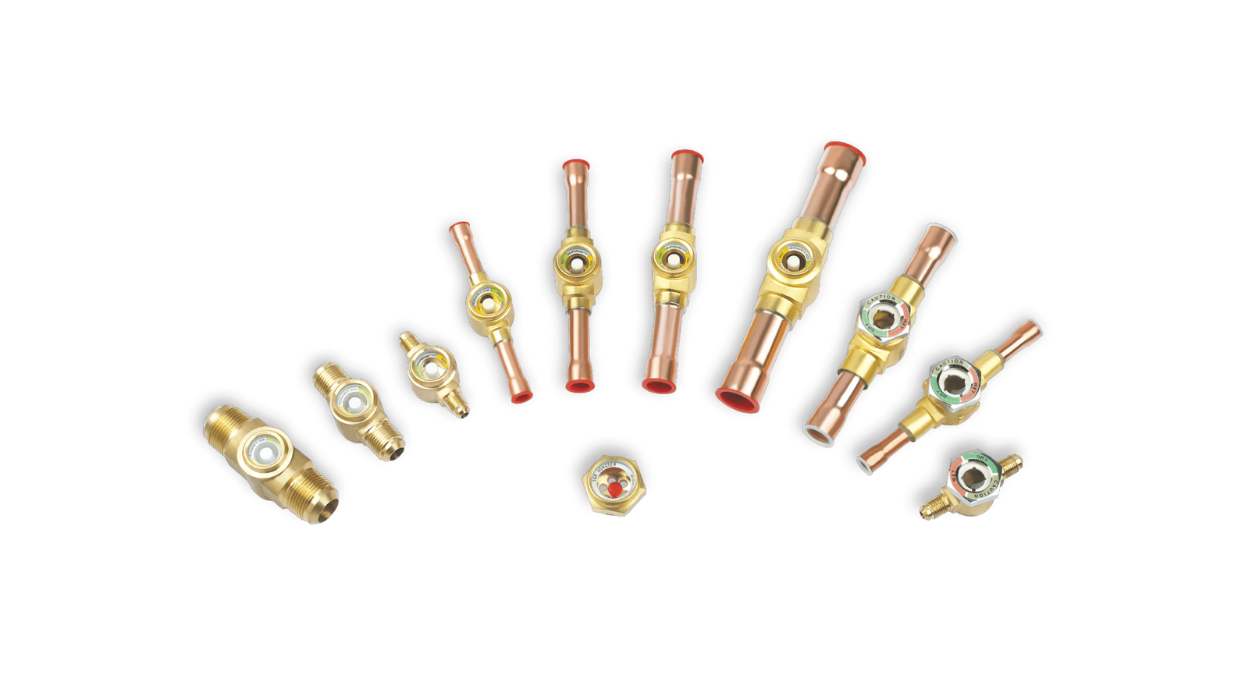


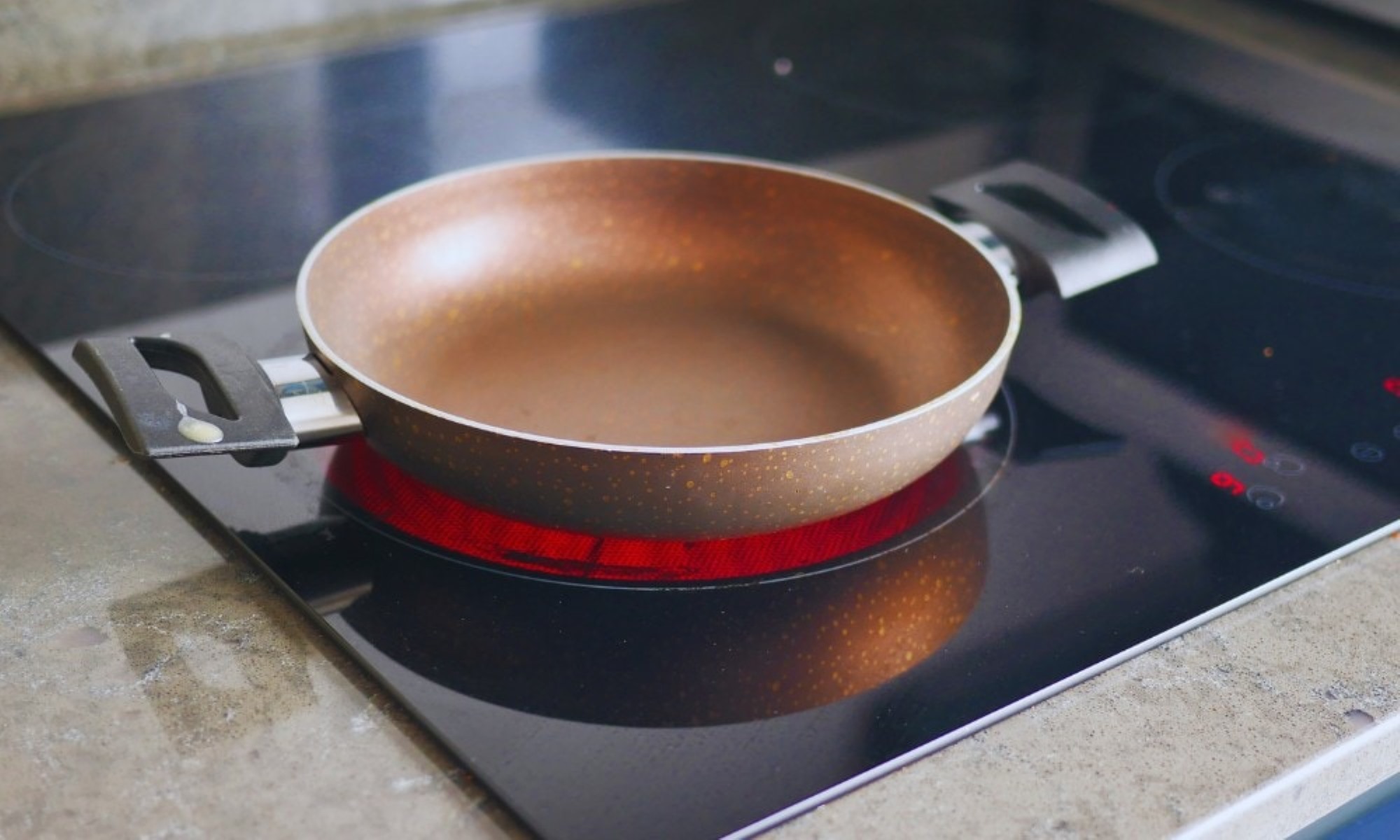
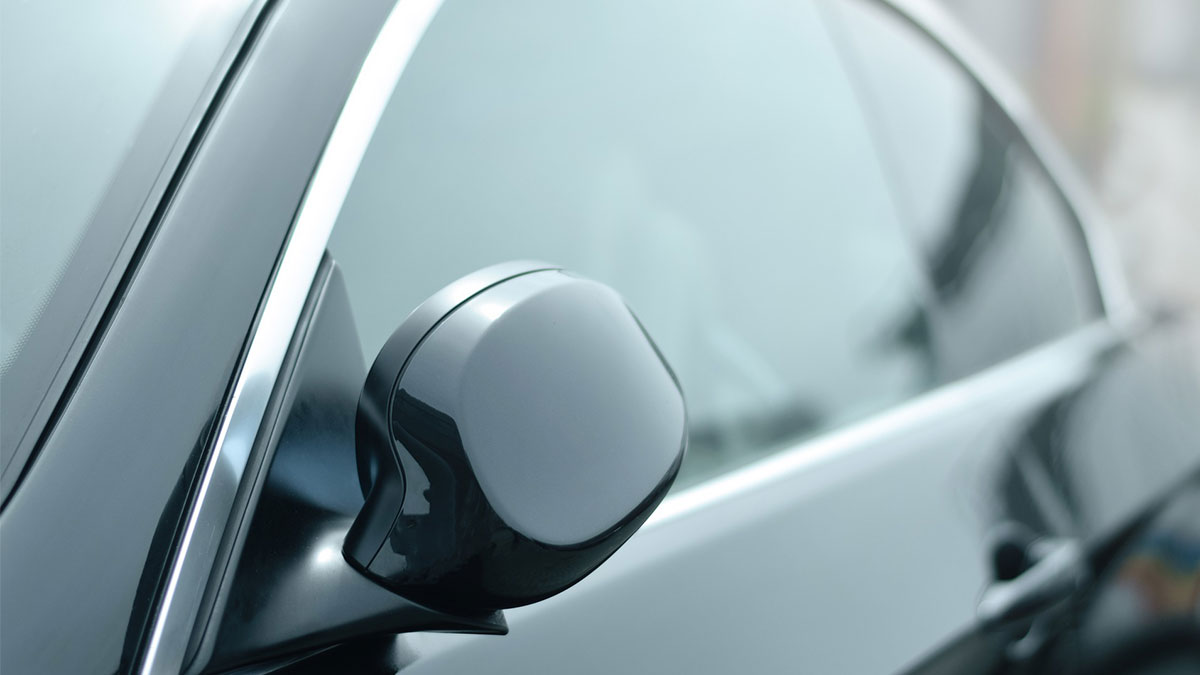

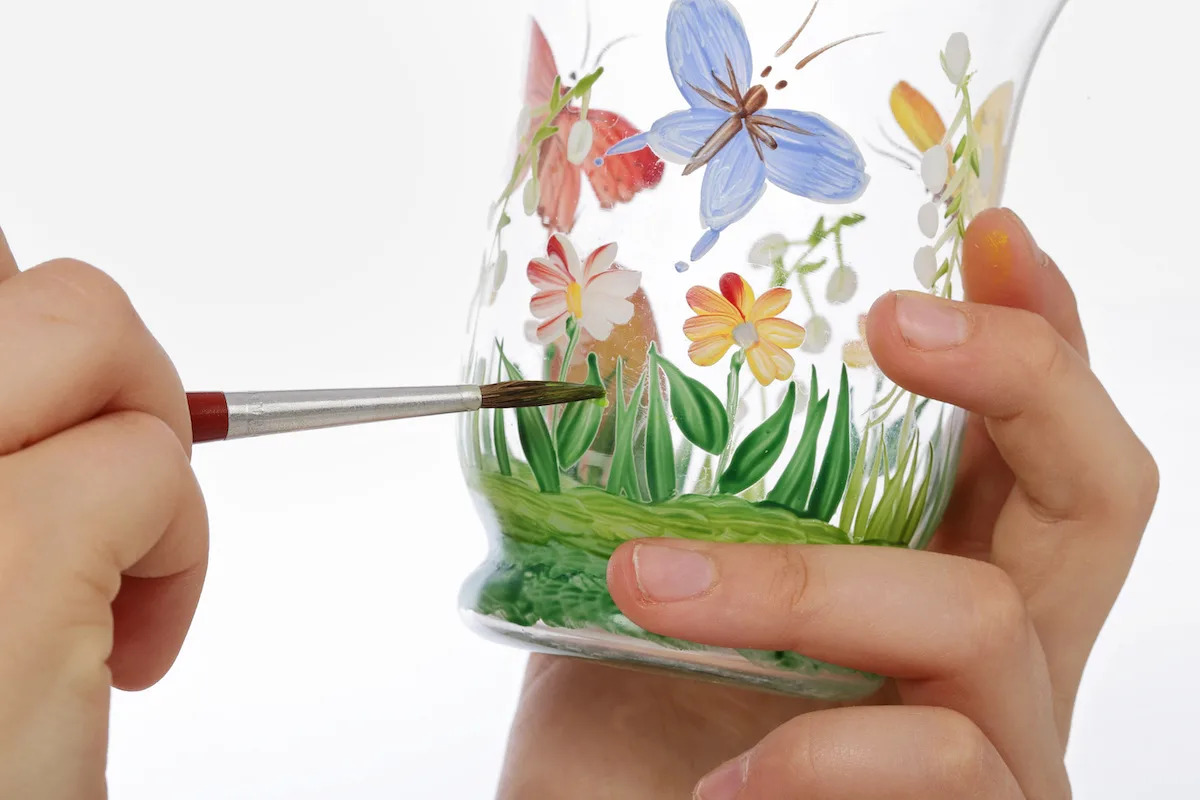
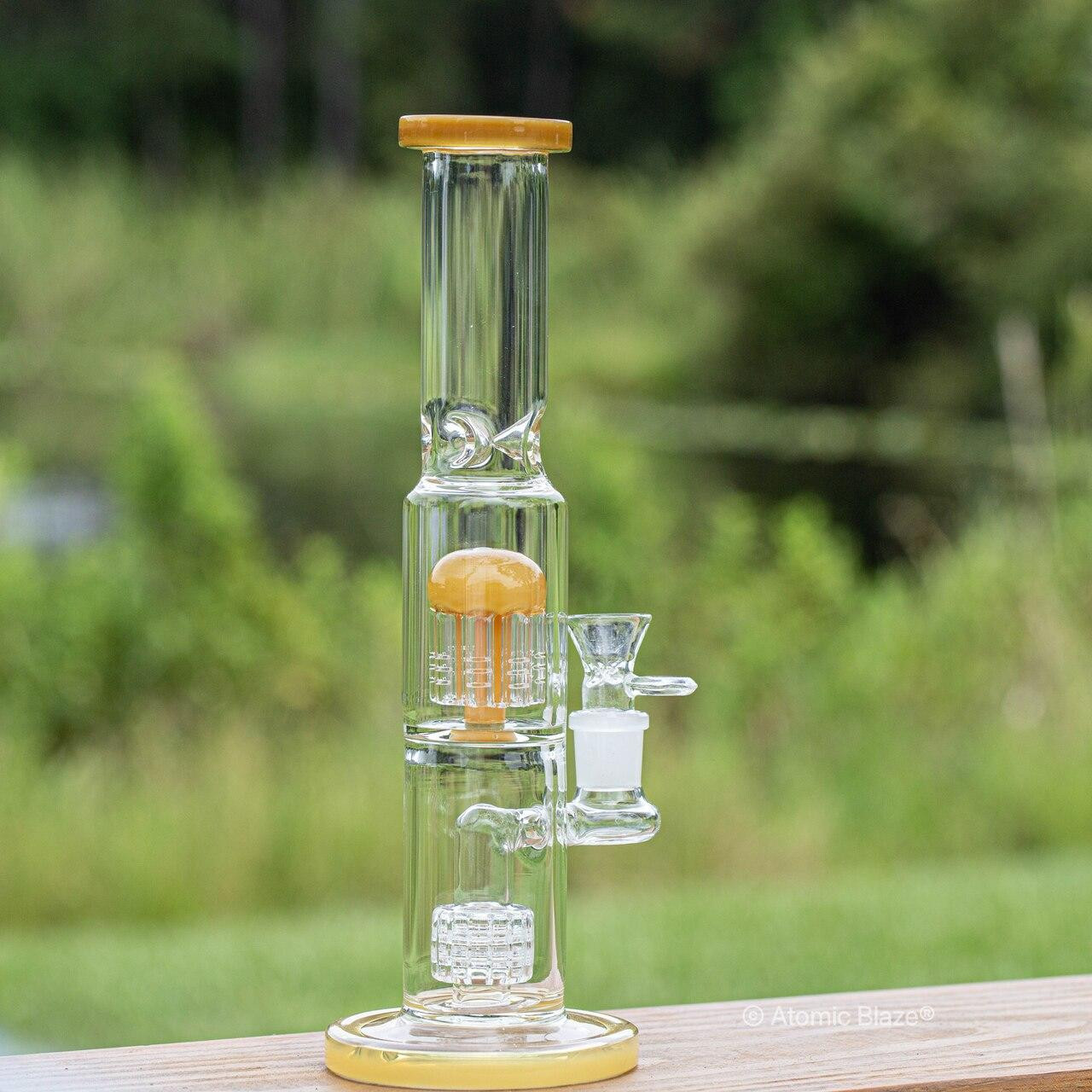
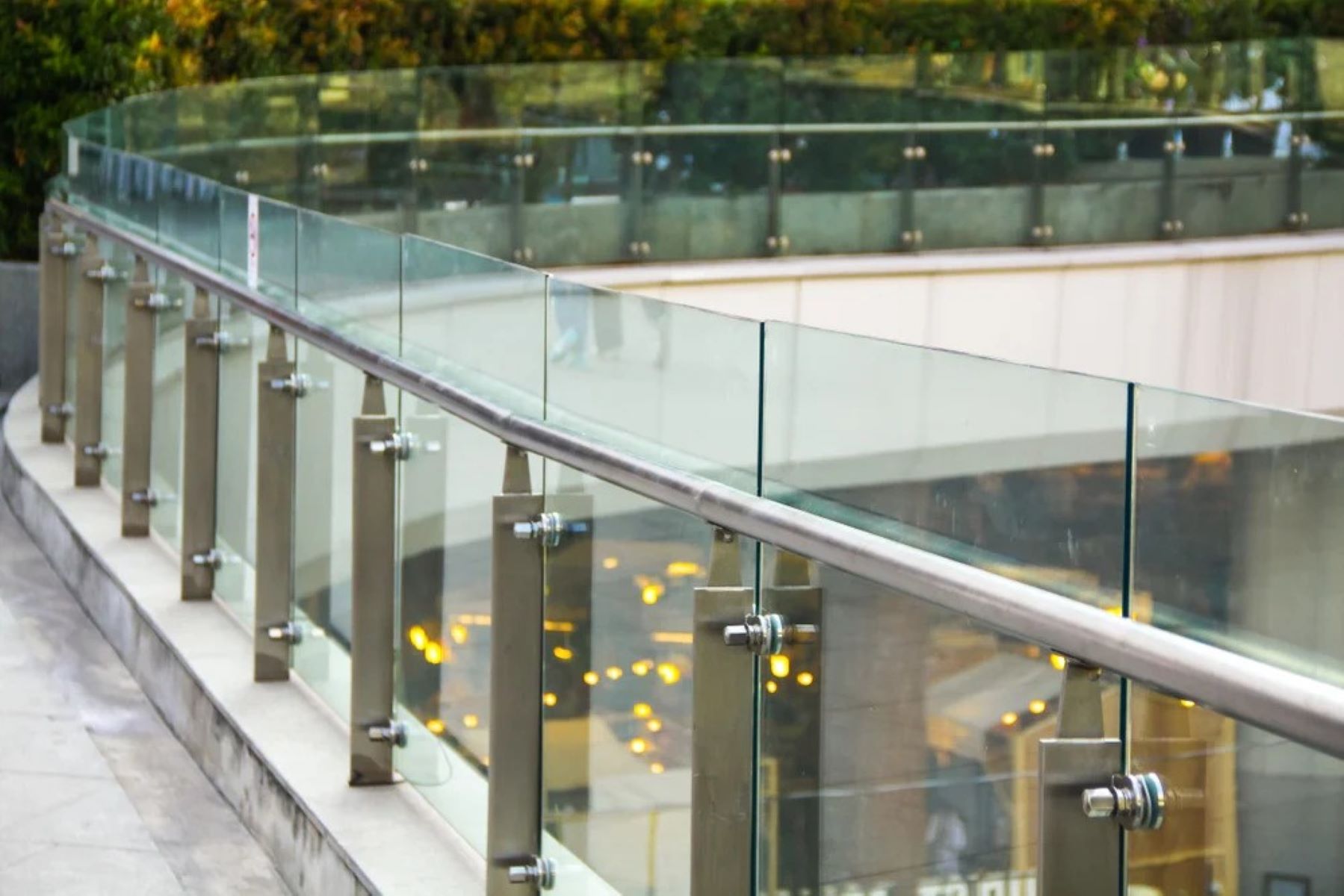
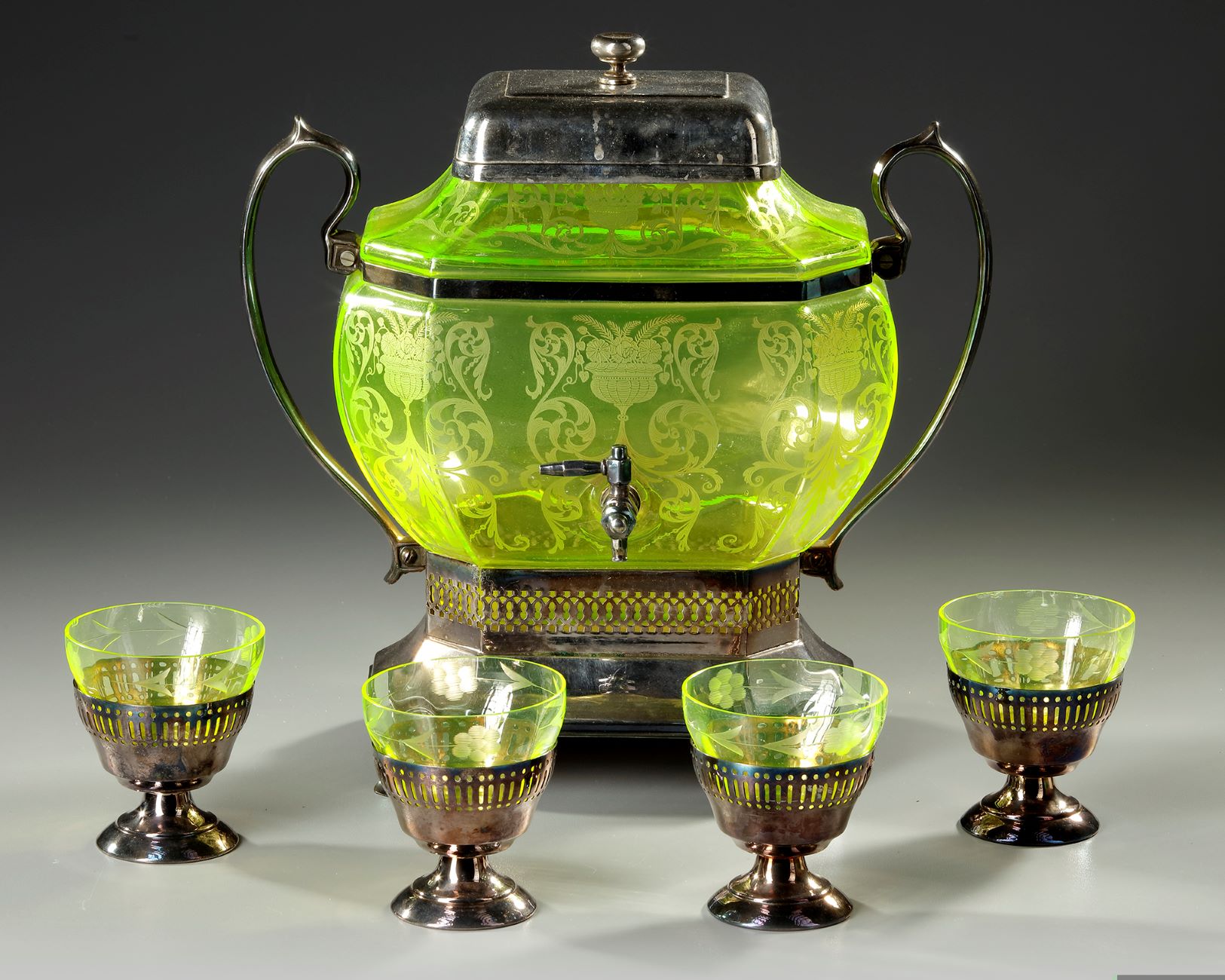

0 thoughts on “What Is Glass Used For”